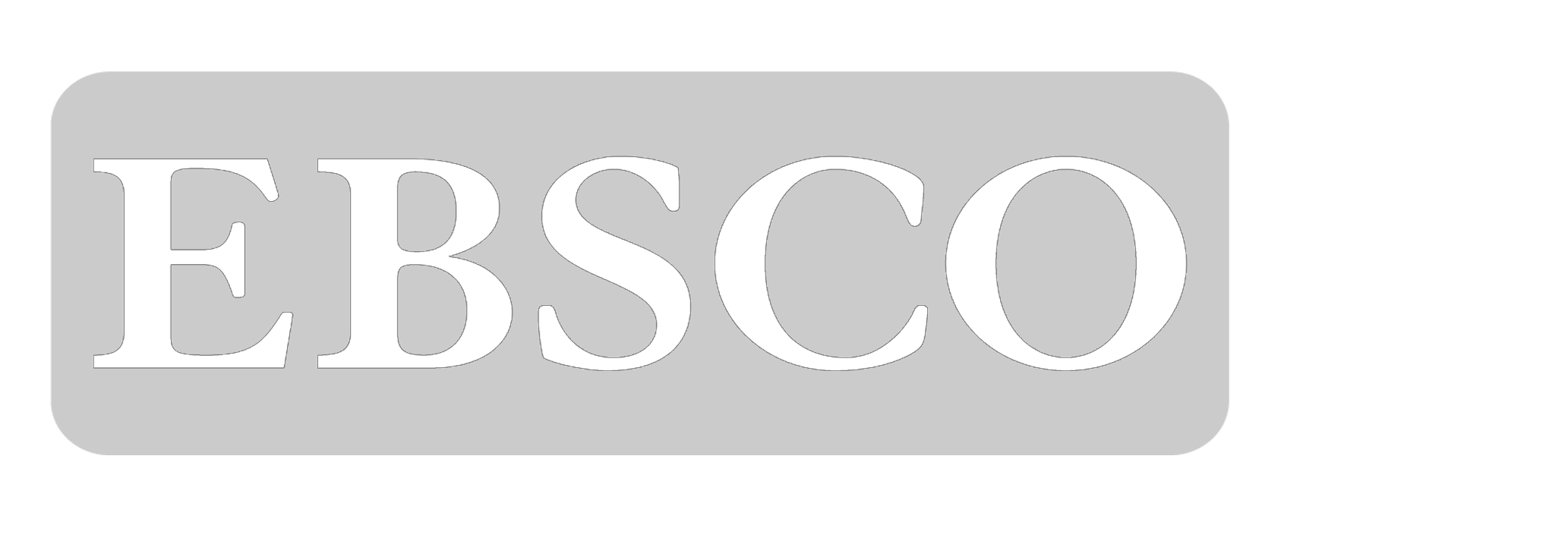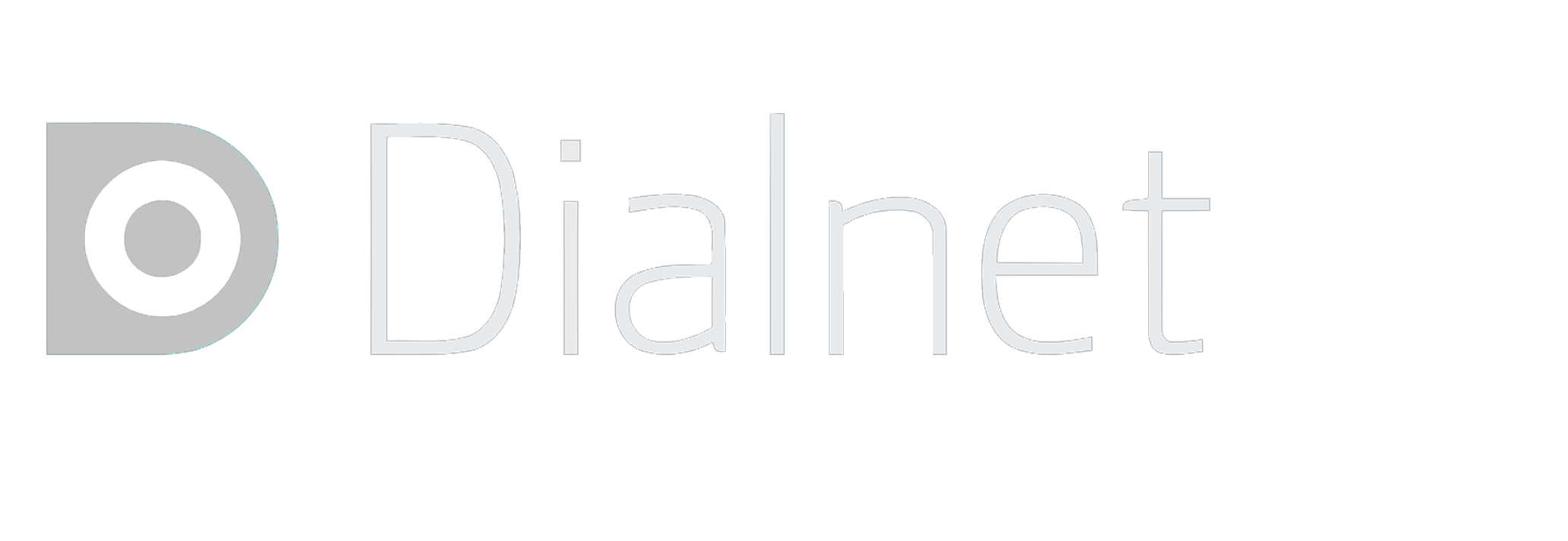Learning from a corpus of students’ academic writing
Palabras clave:
Writing Instruction, Second language writing, Knowledge SurveysResumen
This paper summarizes the results of a study based on students´ academic writings. The study is grounded on Systemic Functional Linguistics (SFL) theory and pedagogy, in particular the 3x3 matrix, a SFL framework successfully implemented in Australian schools (Humphrey, Martin, Dreyfus & Mahboob, 2010) and the Teaching and Learning Cycle (Callaghan & Rothery, 1988). The study took place at the Hong Kong Polytechnic University, with 33 students from a Humanities content subject. This is an English medium of instruction higher education institution where, for most students, English is not their mother tongue. Samples of students’ academic writing were analysed in the classroom to identify successful moves to express field, manner and tenor in the genre of argumentative essays. These samples were then used to provide specific writing instruction to students before they were asked to start constructing their texts independently. Feedback was provided in place of joint construction and finally students produced their final essays. Students’ confidence levels on their writing abilities were measured, with knowledge surveys, at the beginning and end of the term, their final grades compared to those of the previous cohort and correlated with the end of term writing-ability confidence levels. Our results suggest that there was an increase in students’ confidence in their writing abilities and that their grades were better than those of the previous cohort. When correlating grades with writing confidence levels we found two potential correlations, one positive for students with lower confidence levels and one negative for over-confident students.
Descargas
Archivos adicionales
Publicado
Cómo citar
Número
Sección
Licencia
Aquellos autores que tengan publicaciones con esta revista, aceptan los términos siguientes:
- Los autores conservarán sus derechos de autor y garantizarán a la revista el derecho de primera publicación de su obra por medio de este documento de cesión de derechos de autoría, el cuál estará simultáneamente sujeto a la licencia de reconocimiento de Creative Commons que permite a terceros compartir la obra siempre que se indique su autor y su primera publicación esta revista.
- Los autores podrán adoptar otros acuerdos de licencia no exclusiva de distribución de la versión de la obra publicada (p. ej.: depositarla en un repositorio institucional o publicarla en un volumen monográfico) siempre que se indique la publicación inicial en esta revista.
- Se permite y recomienda a los autores difundir su obra a través de Internet (p. ej.: en publicaciones institucionales o en su página web) antes y durante el proceso de envío, lo cual puede producir intercambios interesantes y aumentar las citas de la obra publicada. (Véase el efecto del acceso abierto).










